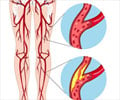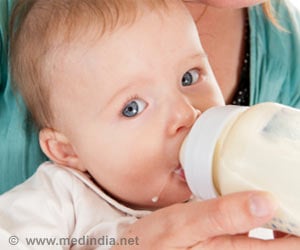Bumper pads meant to prevent babies from bumping or trapping their heads against the hard bars of a crib.
Bumper pads meant to prevent babies from bumping or trapping their heads against the hard bars of a crib, can actually increase the risk of accidental death or injury to an infant, a study says.
According to paediatric researchers at Washington University School of Medicine in St. Louis, the hazards of using crib bumper pads outweigh their benefits.For the study, the researchers reviewed three U.S. Consumer Product Safety Commission databases for deaths related to crib bumpers and crib-related injuries from 1985-2005. The team found reports of at least 27 babies and toddlers aged up to 2 who were strangled or suffocated by bumper pads and another 25 injuries over the 20-year period.
Of the deaths in which there was a formal investigation, 11 infants likely suffocated when their face rested against the bumper pad, 13 infants died from being wedged between the bumper pad and another object and three infants died from strangulation by a bumper tie.
Dr. Bradley Thach at St. Louis Children's Hospital and the Washington University School of Medicine said small babies simply cannot free themselves when they get entangled.
'Many infants lack the motor development needed to free themselves when they become wedged between the bumper pad and another surface. They are likely to suffocate because they are rebreathing expired air or their nose and mouth are compressed,' Dr. Thach said.
He added that both soft and firm bumper pads pose risks.
Advertisement
When Thach's team looked at 22 commercially available crib bumpers, they found several had long ties that could strangle babies, and all were hazardous because they all potentially leave a space between the pad and the mattress where babies could get their heads wedged.
Advertisement
'I don't think bumper pads are doing any good. Although the deaths and injuries may be rare events, they are preventable by eliminating the use of bumper pads,' he said.
The study is published in the September 2007 issue of The Journal of Pediatrics.
Source-ANI
JAY/C






